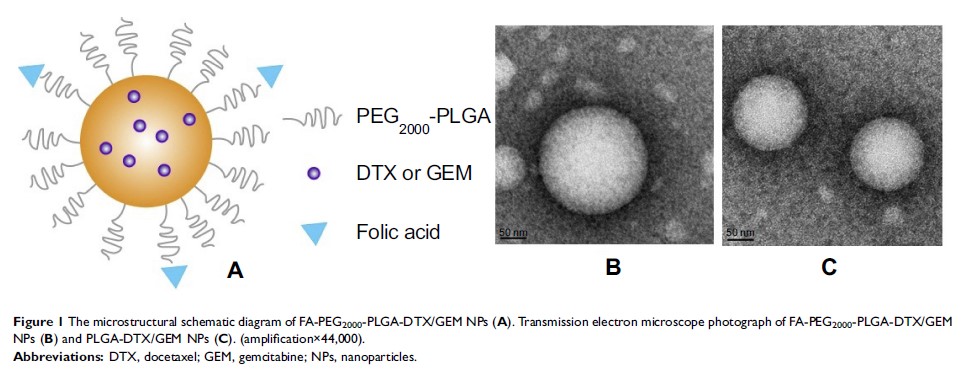9 0 5 7 8
论文已发表
注册即可获取德孚的最新动态
IF 收录期刊
- 2.6 Breast Cancer (Dove Med Press)
- 3.9 Clin Epidemiol
- 3.3 Cancer Manag Res
- 3.9 Infect Drug Resist
- 3.6 Clin Interv Aging
- 4.8 Drug Des Dev Ther
- 2.8 Int J Chronic Obstr
- 8.0 Int J Nanomed
- 2.3 Int J Women's Health
- 3.2 Neuropsych Dis Treat
- 4.0 OncoTargets Ther
- 2.2 Patient Prefer Adher
- 2.8 Ther Clin Risk Manag
- 2.7 J Pain Res
- 3.3 Diabet Metab Synd Ob
- 4.3 Psychol Res Behav Ma
- 3.4 Nat Sci Sleep
- 1.9 Pharmgenomics Pers Med
- 3.5 Risk Manag Healthc Policy
- 4.5 J Inflamm Res
- 2.3 Int J Gen Med
- 4.1 J Hepatocell Carcinoma
- 3.2 J Asthma Allergy
- 2.3 Clin Cosmet Investig Dermatol
- 3.3 J Multidiscip Healthc

叶酸修饰的 PLGA 基纳米颗粒在卵巢癌中共同递送药物的抗肿瘤功效
Authors Li S, Li X, Ding J, Han L, Guo X
Received 21 November 2018
Accepted for publication 14 March 2019
Published 18 April 2019 Volume 2019:13 Pages 1271—1280
DOI https://doi.org/10.2147/DDDT.S195493
Checked for plagiarism Yes
Review by Single-blind
Peer reviewers approved by Dr Andrew Yee
Peer reviewer comments 2
Editor who approved publication: Prof. Dr. Cristiana Tanase
Background: Ovarian cancer
is a leading cause of death in gynecologic malignancies. The high
mortality is mainly caused by advanced stage at presentation in most patients.
Even after the combination of cytoreductive surgery and systemic platinum
and taxane treatment, most patients relapse and eventually succumb to the
disease. Therefore, there is an urgent need for new treatments.
Purpose: A novel folate
(FA)-targeted co-delivery of docetaxel (DTX) and gemcitabine (GEM)
nanoparticles (NPs) was developed to overcome ovarian cancer.
Materials and methods: Physicochemical characteristics
of NPs such as size, morphology, and release profiles were explored. In vitro
and in vivo studies were carried out to assess the efficacy of their antitumor
activity in target cells.
Results: FA
modified DTX and GEM co-loaded NPs were prepared using the solvent evaporation
method. The NPs with a particle size of ∼120nm were
stable in the observation period. The hemolysis results indicated that FA-PEG2000-PLGA was
potentially feasible for targeted antitumor drug delivery through blood
circulation. In vitro release study suggested that in comparison with the free
drug, PLGA-DTX/GEM NPs and FA-PEG2000-PLGA-DTX/GEM
NPs had sustained-release properties. However, there was no obvious difference
between the two NPs with the same drug in the release profile.
Ovarian cancer cells in vitro efficiently took up the non-targeted and
FA-targeted NPs; improved cytotoxicity was observed in the FA-targeted NPs,
showing a 3.59- fold drop in the IC50 in SKOV-3
cells as compared to DTX/GEM alone. Cellular uptake showed that through
surface modification, more drugs entered the cell successfully.
Pharmacodynamics results showed a statistically significant effect on the
rate of reduction of tumor volume for FA-PEG2000-PLGA-DTX/GEM
NPs than other groups and no toxicity of organs.
Conclusion: The present
study indicates that the FA-PEG2000-PLGA-DTX/GEM
NPs provides a promising platform for the treatment of ovarian cancer.
Keywords: folate,
co-delivery, docetaxel, gemcitabine, nanoparticles
